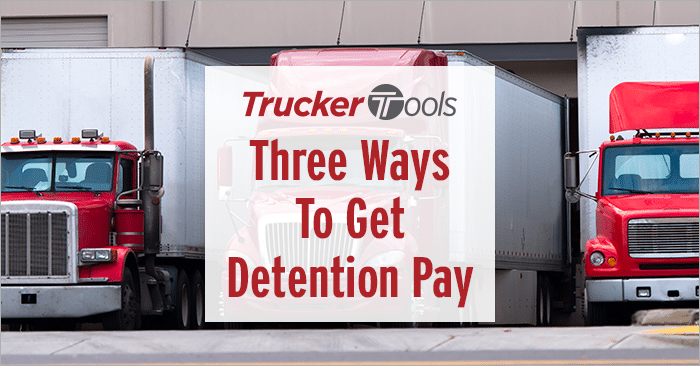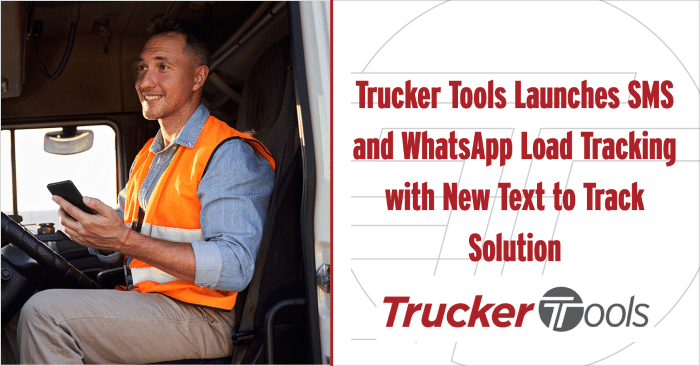Detention affects more than just your ETAs. According to the Owner-Operator Independent Drivers Association’s 2020 Detention Time Survey, detention impacts hours of service, revenue and safety. The OOIDA detention survey also shows that detention time costs truckers up to $1.3 billion/year and carriers as much as $1.6 billion/year.
It’s clear to most in the industry that detention is a significant problem, yet many truckers and carriers still aren’t being paid for detention time. In a survey conducted by Trucker Tools last month, we asked company drivers, owner operators and carriers like you about delays at shipper and receiver locations. The survey found that 36 percent of you consider longer wait times the number one problem you’re currently facing and 60 percent of you reported detention times of two hours or more. When we asked you about detention pay, 68 percent of you told us that you rarely receive detention pay and 11 percent reported never receiving detention pay.
If you’re an owner operator or carrier who is frustrated with not being paid for detention, read on to learn about three strategies that you can use to get detention pay.
Specify Detention Pay Rate in Broker/Carrier Agreements
According to several experienced owner operators we’ve interviewed, one of the best ways to get detention pay and at your desired rate is to include specifics about detention pay in your contracts with brokers, logistics providers and shippers. If you’re new to the industry, you may not know that when a broker, 3PL or shipper sends you a contract that doesn’t include any specifics about detention pay, you can amend or edit the contract to include details about detention pay and send it back to the other party. If detention isn’t addressed in your contract with a broker, 3PL or shipper, you may not receive detention pay at all.
The industry standard in most cases is for trailers to be loaded or unloaded within a two hour time frame. When detention time goes above that two-hour mark as it often does, that is when detention pay typically is requested or required. The rate of detention pay varies. In some cases, it may be $25/hour. Experienced owner operators and carriers report receiving up to $100/hour for detention time that extends beyond two hours.

Use the Trucker Tools App for Load Tracking, Proof of Documented Dwell Time
Even when your dwell time is more than two hours, you may need to provide documentation of the detention time to the broker, 3PL or shipper in order to receive detention pay. Providing your cell phone call history as documentation of check calls to and from the broker may not be enough. When you use a third-party technology like the Trucker Tools app to track a load, you have concrete evidence proving that you were detained, evidence that you can use to get detention pay. You can take a screen shot of your load track in the Trucker Tools’ app to send to brokers, 3PLs and shippers. Trucker Tools’ mobile app uses the GPS tech in your smart phone for load tracking, which means this documentation can’t easily be faked when you track loads with Trucker Tools. If you’re worried about your location being tracked after the load is delivered, keep in mind that you can pause or cancel a load track in the Trucker Tools app. When you’re actively tracking a load with the Trucker Tools app, you always can clearly see who is receiving the location data, as well.
When you run a load for a broker or 3PL who uses Trucker Tools for load tracking, the broker/3PL also has the option to set up detention alerts on their end. Trucker Tools’ detention alerts automatically send the broker a message when your dwell time goes beyond two hours. If your contract stipulates a three hour threshold or other time frame, the detention alert can be customized to reflect that.
Use Your ELD Data To Document Detention
You also can use your ELD data for the load to document detention time to help you get detention pay. Most ELD providers have a web interface or mobile app that you can use to manage your ELD’s settings and data. You can download the data for the load from the ELD web interface and send it to broker, 3PL or shipper. If the ELD provider has a mobile app, simply take a screen shot of the ELD data showing your dwell time and send it along to the broker or 3PL to make your case for getting detention pay.
When you’re working with a broker or 3PL who uses Trucker Tools’ broker software platform for load tracking purposes, know that you have another option for load tracking beyond the Trucker Tools app. If for some reason you are unable to use Trucker Tools free app for load tracking, you have the option to use your ELD for tracking with Trucker Tools. To track a broker/3PL load with Trucker Tools using your ELD, ask the broker/3PL to reach out to our support team.
To learn more about Trucker Tools’ ELD integration options, see Trucker Tools’ ELD Integration: Another Load Tracking Option for Owner Operators and Carriers.
To download the Trucker Tools app, visit https://www.truckertools.com/carriers/.






